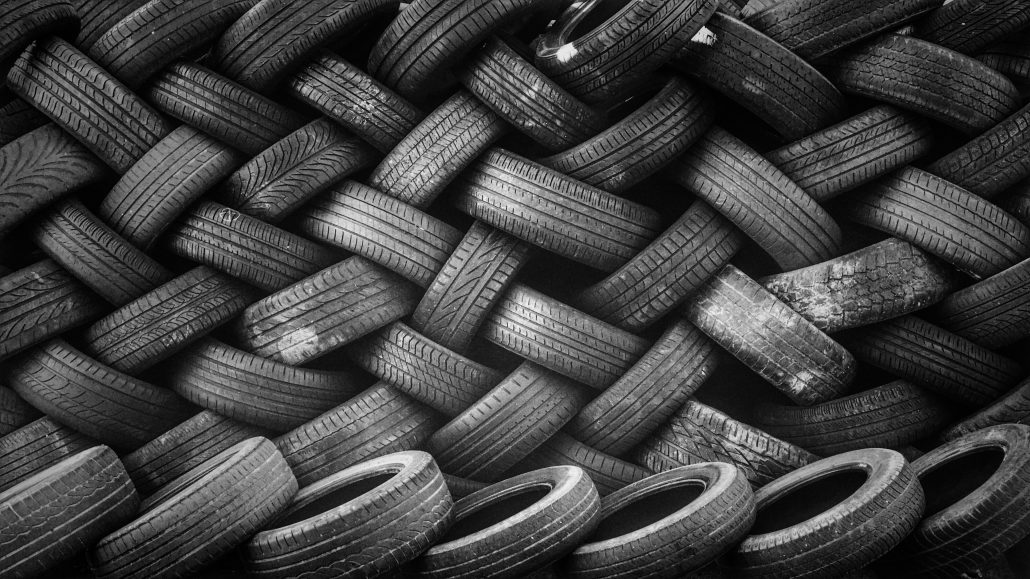How To Maximize The Life Of Your Tires
Chances are, you already have a car with pneumatic tires. These tires are the mainstay in today’s auto industry as they provide better flexibility, durability, and shock absorption. The new design can withstand most cuts and punctures. Plus, they can last for up to a decade so they’re quite tough.
But like any part of the vehicle, tires are not completely resistant to damage. Daily use wears them out. And if you don’t look after them, they could get banged up pretty bad. Before you know it, your car tires will need replacement – perhaps sooner than you had hoped.
5 Tips To Make Car Tires Last Longer
An unnecessary tire change is a costly but preventable issue. Below, we’re giving five tips on how to better take care of your tires. That way, you can spare yourself the needless expense rather than spend on a spare tire.
1. Check for tire pressure and reinflate as needed.
Pneumatic tires rely on the proper air pressure to absorb shock and prevent most cuts and punctures. However, they naturally lose air and it often goes unnoticed. Driving with underinflated tires wears out the treads, makes them prone to damage and increases the likelihood of a blowout. You can avoid these by checking your tires for the correct pressure at least once a month and reinflating if necessary.
Tip: Note that the ideal tire pressure is going to vary depending on the vehicle, so be sure to review your car manual for specifications.
2. Do not exceed your car’s loading capacity.
Your vehicle has a maximum limit as to how much weight it can carry. If you want to prolong your tire’s life span, you should never exceed this limit. Overloading your vehicle is not only going to wear out your treads faster. It also puts you at risk of a blowout.
Tip: The placard on the door frame should have information on your car’s loading capacity.
3. Never use mismatched tires.
Some car owners try to cut costs by buying a cheap spare, even if it’s completely different from their current tire set. While a bargain can be tempting, this will cause uneven weight distribution and poor handling, thus ruining the rest of your tires.
Tip: When replacing a tire, make sure you have an exact match. Otherwise, you will need to replace all of your tires.
4. Rotate and align your wheels.
Treadwear is expected of tires. But if you want to make the most out of them, you have to ensure they wear out evenly. The best way to do this is to include tire rotation and wheel alignment in your maintenance routine. Tires should be rotated every 6,000 to 8,000 miles or once every six months. Wheel alignment is recommended every 10,000 miles or once a year.
Tip: Tire treads should measure at least 2/32 of an inch in depth. You can check by sticking a quarter into the tread groove. If you can see any part of George Washington’s head, you’ll have to change the tire.
5. Inspect your tires for signs of damage.
Finally, you should make a habit out of inspecting car tires for wear and tear. Watch out for cracks, bulges, cuts, and punctures, especially on the sidewall. If you see signs of serious damage, the tire needs to be replaced.
Tip: Small punctures and cuts are repairable if they’re on the tread. Sidewall damage will require a tire change.

